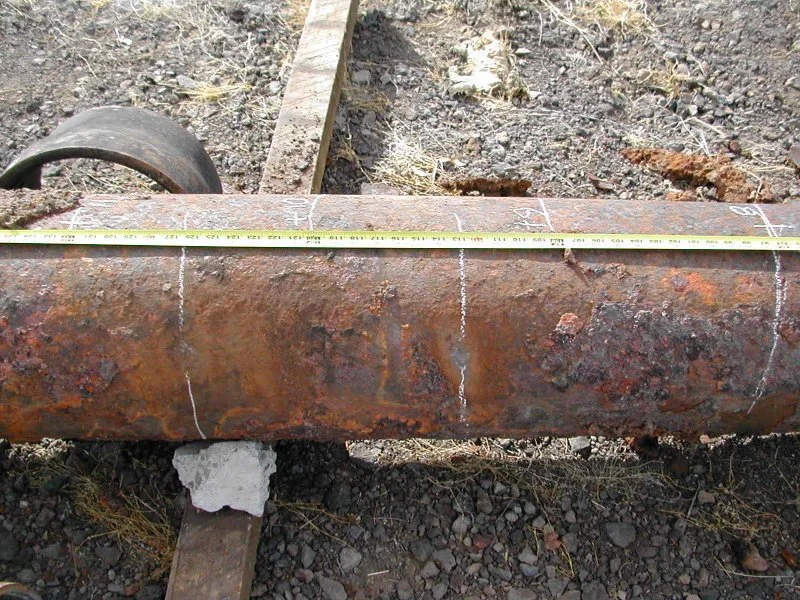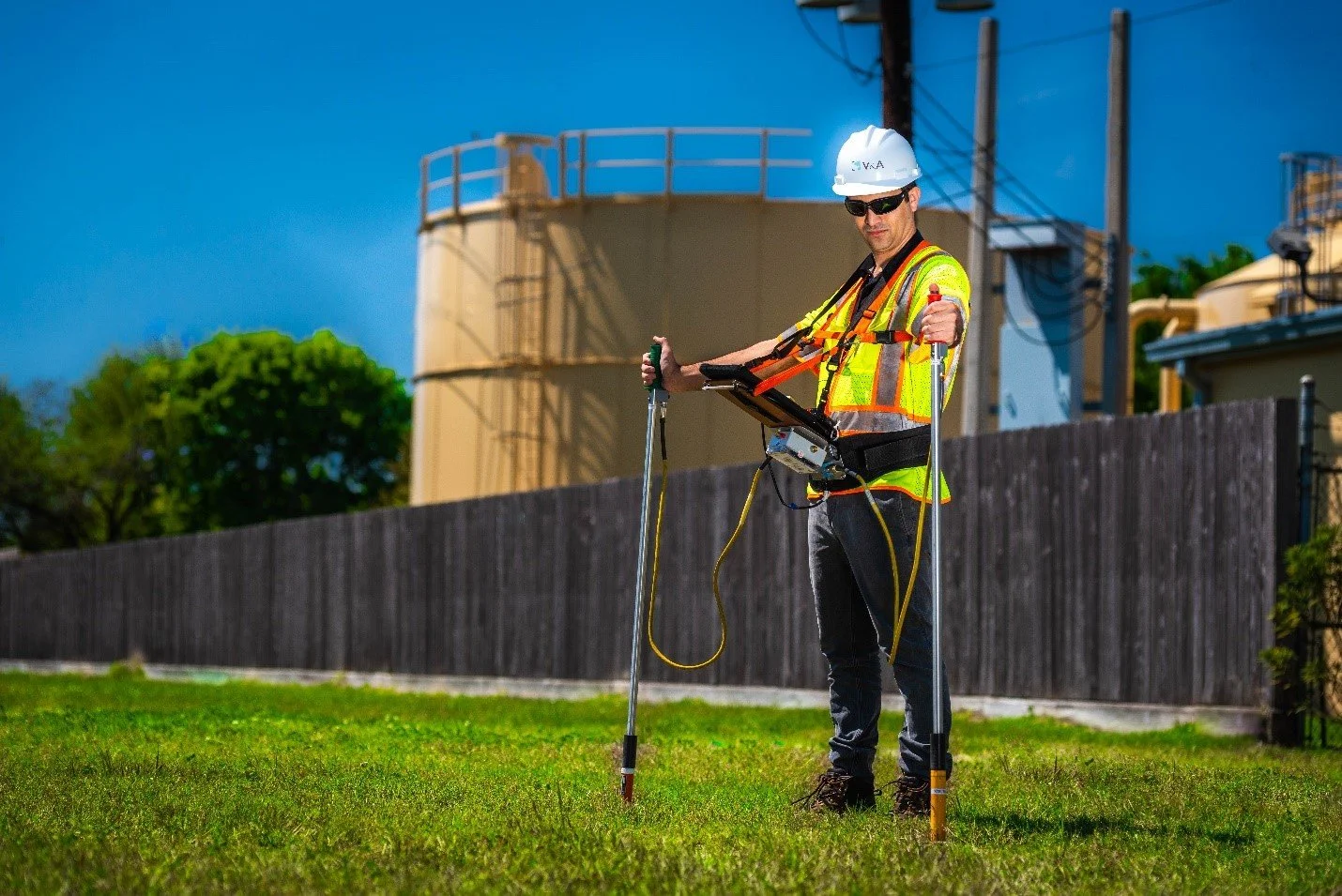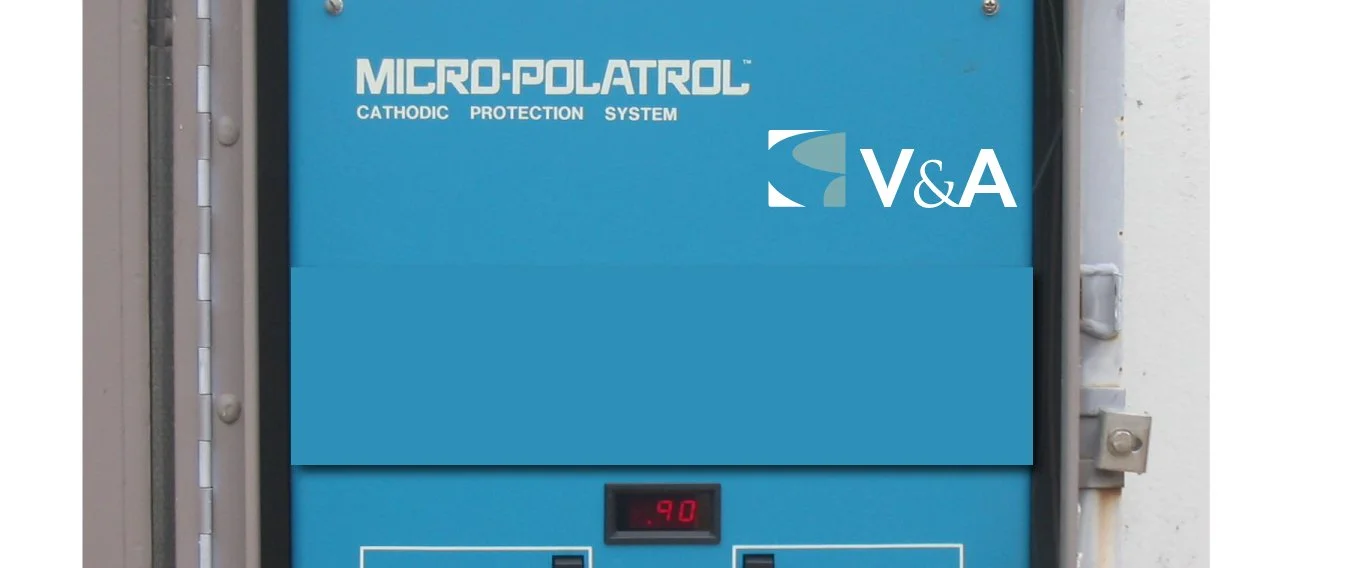Embarking on a journey to ensure the longevity and reliability of buried pipelines involves critically examining their electrical continuity. Understanding a pipeline's electrical continuity is paramount, especially when considering implementing cathodic protection systems to safeguard against corrosion. In this blog article, we dive into the complexities of determining electrical continuity by exploring corrosion experts' methods to test for continuity along existing pipeline alignments.
GACP vs. ICCP - Which Cathodic Protection System is Right for my Project?
Corrosion is a primary concern for pipelines as it can cause significant damage to the pipeline structure and potentially lead to leaks, which can be costly to repair and environmentally harmful. Cathodic protection (CP) systems help minimize the risk of pipeline leaks and damage by providing protection from potential corrosion issues. Often, the first decision the design engineer, owner, and operator of a pipeline needs to make after determining whether the soil is corrosive is whether to use a Galvanic Anode Cathodic Protection (GACP) or an Impressed Current Cathodic Protection (ICCP) system.
How do you know which cathodic protection system is suitable for your project?
Metallic Corrosion: Methods for Assessing Structure Condition
Metallic surfaces and structures commonly found in the water and wastewater industry include pipelines, gates, treatment plant basins, reinforcing steel embedded in concrete structures, access lids, and steel tanks. Metallic assets are critical components of water and wastewater systems; however, these assets are susceptible to corrosion which can be detrimental to system operations.
Engineers employ various methods to prevent electrochemical reactions from causing corrosion damage to metallic surfaces. Regular intervals of condition assessment are critical to evaluating metallic structure assets to identify and counteract corrosion before it becomes a costly and devastating problem.
What is the difference between a cathodic protection system and a corrosion monitoring system?
What is Cathodic Protection (CP) and how does it protect infrastructure?
Cathodic protection is a method of corrosion control that uses an external anode as a current source to impress direct current through the soil onto a metallic structure or pipeline. CP mitigates the flow of corrosion currents that occur when a pipeline is installed in corrosive soil. The pipeline is made more electronegative with respect to the soil, and the pipeline becomes the cathode in the corrosion cell. The current flows along the pipeline to the drain wire to complete the circuit.
Cathodic Protection (CP) Testing Methods for Pipelines
A cathodic protection (CP) system is only protecting your pipeline if it is working properly, and you only know if it is working properly if you test it. At minimum, CP systems should be surveyed annually, and the rectifiers used in impressed current CP systems should be checked bi-monthly. Additional special testing may be required depending on the survey results






